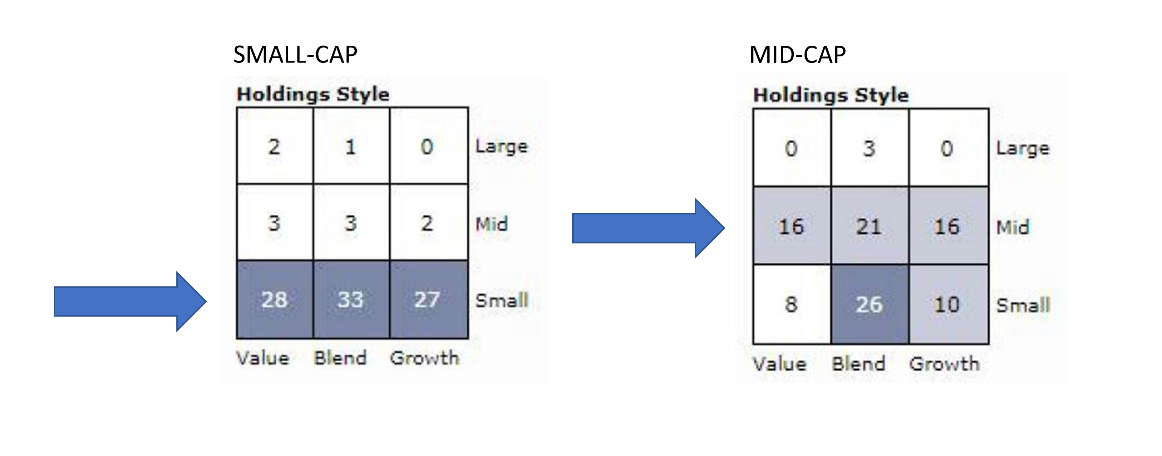Category: Bonds
Municipal Bond Market Spotlight
By Chad Roope, CFA ®, Chief Investment Officer U.S. municipal bonds (munis) are prized for their tax advantages, but their historic tendency to provide a stable source of return also makes them valuable amid market volatility and uncertainty. Munis are generally less vulnerable to inflation shocks or the crossfire of global trade policies because they are often linked to public authorities that provide fee-based essential services, such as waste collection and public transportation, or secured by taxes on sales, property, and income. Munis have also shown historically low default rates and high credit ratings (Aa3 versus Ba1 for global corporate debt, on average) thanks to the disciplined finances and stable revenues of most state and local governments. Tax equivalent yields of munis have reset to levels not seen in over a decade, with some investment grade yields north of 6%. Against this backdrop, we see an opportunity to increase allocations, particularly as the outlook for limited supply relative to demand in July and August could bolster performance. Additionally, munis offer a possible antidote to tariffs and recession concerns. Amid Wall Street’s growing concern over a potential tariff-induced recession, investors are seeking refuge in areas least affected by global supply chains. This is fueling interest in state and local government bonds for the following reasons: Limited exposure to trade risks: A broad-based economic slowdown would reduce state r
Get your money working harder for you
Are you frustrated with your bank savings interest rates? We have a few options to get your money working harder for you. When it comes to building a robust and diversified investment portfolio, there's more to consider than just individual equities and real estate. CDs and bonds are often overlooked but can be invaluable assets in any investor's toolbox, especially at today’s historically high rates. Generally speaking, the S&P 500 return is 10% annually on average since 1957, according to Seeking Alpha1. But in a year with market uncertainty, constant volatility, and rising interest rates, a smaller return with reduced risk may be a preferable option to some. Because of elevated interest rates, there are both CDs and bonds that are paying in the 5.5%- 7.2% range2. And the Fed’s future path is uncertain – these rates may increase over time. CDs are fixed instruments, so any rate increase won’t affect those you hold now. But you can stagger your purchases and build a CD ladder, which allows you to layer new CDs at increasing rates so that you may be able to benefit from rising interest rates. This is possible because all CDs have a term – a fixed contract date – and different interest rates will be offered for different durations. CDs also have the advantage of being FDIC-insured up to $250,000. That brings us to our other strategy, bonds. The FDIC insura
How to prepare to retire in a slowing economy
With a slumping stock market and a slowing economy, early retirees and people looking to retire in the near future need to make intelligent decisions to avoid jeopardizing a successful retirement. Here are a few actions our trusted financial planners recommend to help make the transition into retirement as seamless as possible. The first thing a retiree should do is examine their spending history to help build a budget. They can do this by adding up all of their annual spendings over the last three years to look at macro trends in spending patterns. Once that’s determined, they’ll want to make investments that can support that budget. Another way retirees can prepare for retirement income is to create a bond ladder. We’re able to help retirees invest their money while bond yields are back up and high-quality corporate rates reach as high as 4.75%1. High-quality bonds held to maturity can also provide a household with a steady income for the next few years. And there are a lot of different types of bonds – corporate bonds, municipal bonds, and even United States Treasuries – each with their own benefit. For example, one of the advantages of municipal bonds is the tax status since they are exempted from federal, state, and local taxes, which helps minimize taxes during retirement. Another strategy that could be helpful during retirement is to take action to stay ahead of inflation. One way to do that is with dividend-producing sto
Look back 2022 — Look ahead 2023
COMMENTARY BY JERRY HERMAN, CFA® As we sit in the darkest days of the solar year, we are encouraged to know that the days ahead will have more light – the days will be brighter. And for the financial markets we are optimistic that this will be true in the figurative sense as well. 2022 was a year of recognition and reality - recognition that the stimulus endeavors of prior periods needed to be unwound and the reality that the process could be painful. 2023 offers opportunities and optimism - opportunities being presented in sectors and asset classes that we haven’t seen for some time and the optimism that the Fed will get it right and avoid a deep recession, and global and domestic political and social tension will ease. In 2022, the forces of pandemic-induced supply chain disruptions, exceptionally high consumer demand for goods such as housing, autos, and appliances, and services like travel and entertainment, combined with an energy shock brought on by the Russia-Ukraine conflict, drove inflation to its highest level in four decades! In June, the inflation rate hit 9.1% and averaged just over 7% for the year, more than double the historical average of about 3%. To combat inflation, the Fed increased interest rates seven times during the year to 4.25-4.5%, levels not seen since 2008. The year was difficult for investors. Facing the headwinds of rising interest rates, a very tight labor market, and capacity and supply constraints in ma
The Importance of Diversification
Many people think their investments are diversified, but when you dig deeper on any given portfolio, we find that’s often not the case. In order to diversify your portfolio, you want to choose a variety of assets – stocks, bonds, cash and others – but you also want to choose ones whose returns haven’t all historically moved in the same direction, and, ideally, assets whose returns typically move in opposite directions to hold up your portfolio hold up better in down markets. That way, even if a portion of your portfolio is declining, the rest of your portfolio, hopefully, is growing, and you can potentially offset some of the impact of poor performance on your overall portfolio. Another important aspect of building a well-diversified portfolio is that you try to stay diversified within each type of investment. For example, in terms of your individual stock holdings, beware of overconcentration in a single stock. We usually advise our clients that a single security shouldn’t account for more than 5% of your stock portfolio, unless it’s with the company you work for, and even then, you should limit it to 25%. It’s also smart to diversify across stock holdings by market capitalization (including small, medium, and large caps), sector, and geography. Another important consideration is stock overlap or duplication between funds. This often leads investors to believe they are diversified, when in fact th
5 Ways to Benefit from Rising Interest Rates
After the most recent interest rate increase in June, the Federal Reserve has signaled that it is likely to continue raising interest rates this year, possibly even as often as once per quarter. In fact, fear that interest rates may rise faster than previously predicted has caused some volatility in the markets. Bond investors have been concerned about this for years, but this time it looks like it’s going to happen. Warren Buffet said, in his latest shareholder letter, that “Often, high-grade bonds in an investment portfolio increase its risk.” That can be true, but then, we don’t all have Warren Buffet’s net worth to fall back on! That may have you wondering – how can I take advantage of rising interest rates? And, generally speaking, bond yields go down as interest rates increase. But remember, while bonds may decline in value, their moves tend to be smaller compared to other securities. Many investors are flooding into U.S. Treasury bonds, making the so-called flight to quality, because right now, the U.S. looks better than other economies worldwide. This means that medium and longer-term bonds – whose rates are often more influenced by investor expectations than anything else – are likely to be most affected. But, there are many strategies you can use to manage your bond portfolio in a rising interest rate environment. For Treasury inflation-protected securities, or TIPS, the Treasury Department uses the Consumer








 Virteom
Virteom